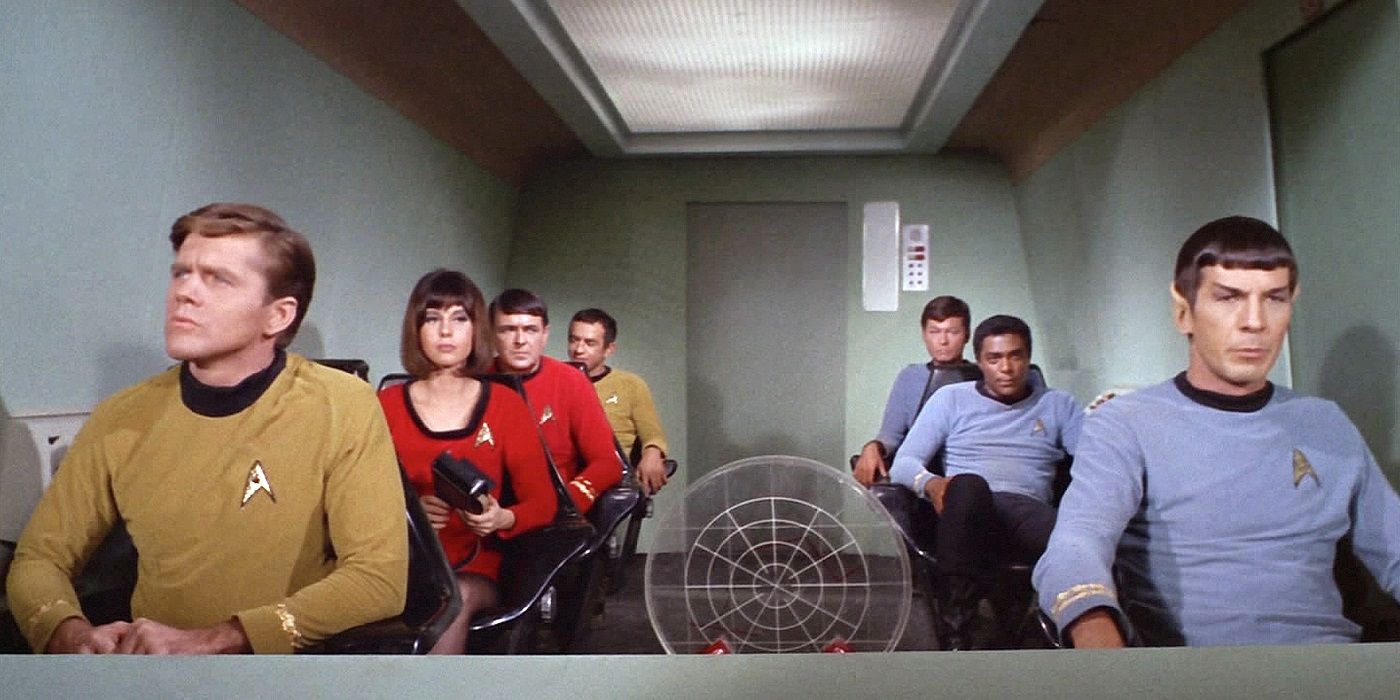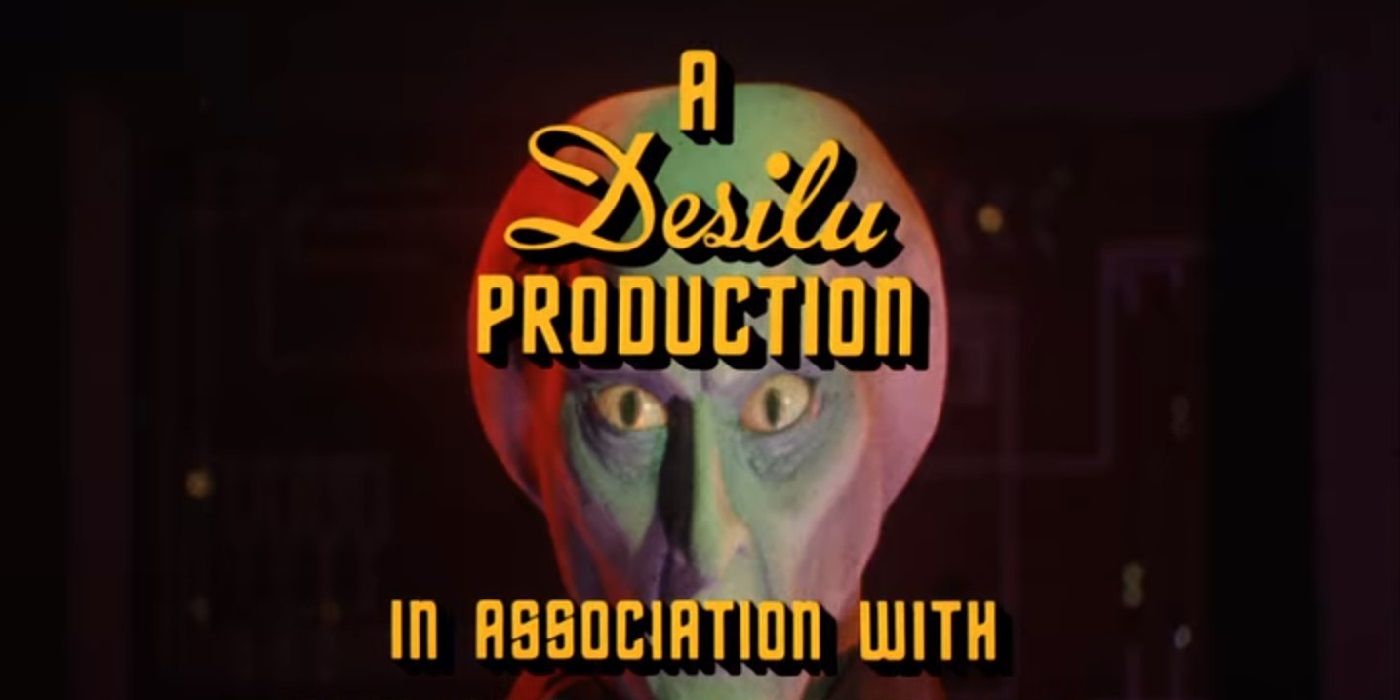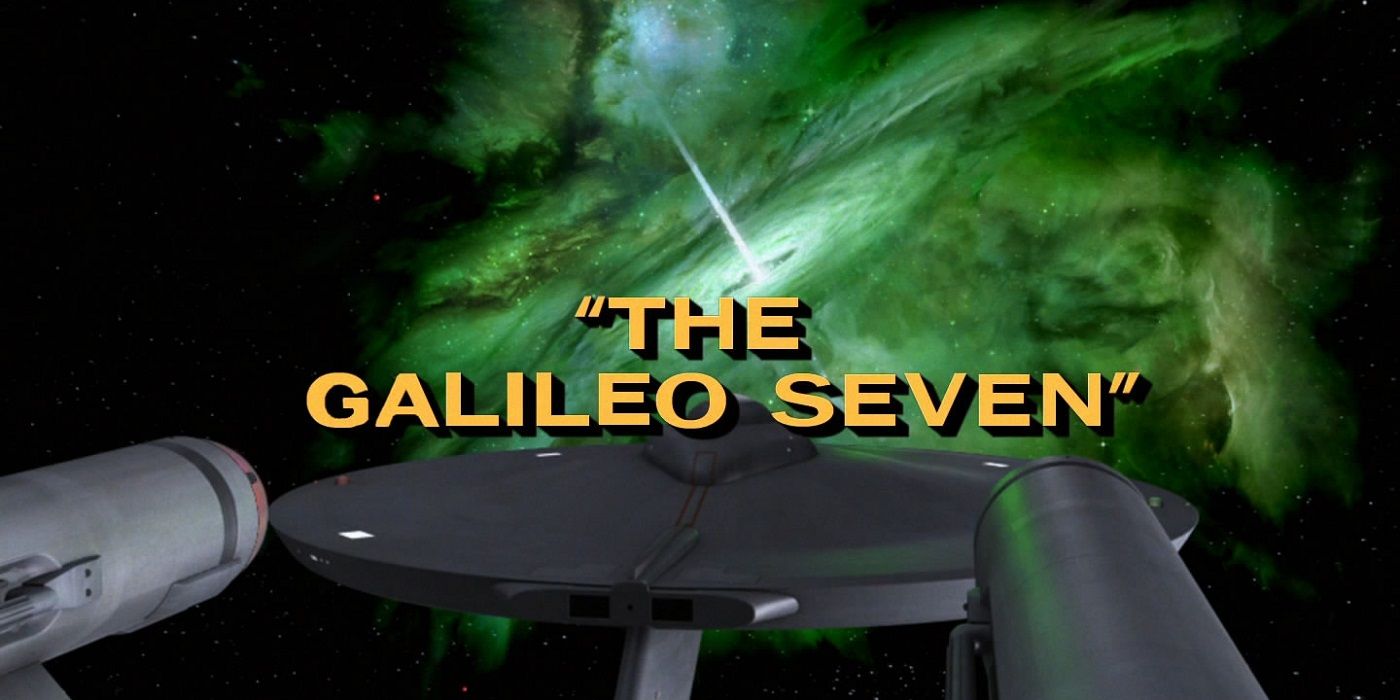Lucille Ball’s contributions to Star Trek have been well-documented, and they may even eclipse the seminal I Love Lucy in terms of the impact they had on television. Ball owned Desilu Studios, which produced Star Trek, with her then-husband Desi Arnaz and greenlit The Original Series series when it first began. Her creative involvement was minimal, but, by all accounts, she fought the naysayers in the boardroom who thought the show was too expensive.
Star Trek found an elegant way to thank her for her patronage in The Original Series, Season 1, Episode 13, “The Galileo Seven." This entry was an overt remake of Five Came Back, Ball’s first big hit from 1939. The film was an adventure melodrama from RKO Pictures, which meant it housed the kind of dramatic hooks that worked extremely well in the franchise.
Five Came Back entails a commercial airliner that crashes in the jungle en route to Panama City. The plane can be repaired but, out of the ten survivors, it could only rescue five. The remaining passengers must face a grisly death from headhunters in the jungle, and the decision of who lives and who dies falls to Vasquez, a convicted political assassin who makes surprisingly ethical choices.
Five Came Back enjoyed both critical success and strong box office numbers in 1939, and it would help establish early parameters for what would become the disaster film. Ball earned praise for her performance as Peggy Nolan, which set her star on the rise and ultimately led to her landing the titular role in I Love Lucy.
“The Galileo Seven” borrows the same notion and dilemma as Five Came Back. The Enterprise’s shuttle Galileo crash lands on an inhospitable planet, and Mr. Spock is left in command of six crew members. The shuttle is damaged, and three of the seven will need to be left behind, meaning Spock has to make the decision. This episode was an early example of how Spock’s alien nature could set him at odds with the crew and formed an interesting parallel to Vasquez. Spock uses logic to resolve the dilemma, and the coldness of his calculations sets the other survivors on edge, while Vasquez, far from a mindless killer, makes the same kind of deliberations with an eye on the maximum good.
Thankfully, "The Galileo Seven" has a happier ending than Five Came Back. Two of the crewmen are killed by local monsters, but the remainder escape in the shuttle, and, thanks to Spock’s scientific acumen, they signal the Enterprise for a rescue. Five Came Back, on the other hand, finds Vasquez and an older couple stranded, with Vasquez shooting them before they fall into the hands of angry headhunters. This change in the story keeps with Star Trek’s optimistic nature and demonstrates the benevolence and compassion beneath Spock’s icy exterior.
As a nod to Ball, the episode worked quite well. In fact, the shuttle became one of the series’ mainstay props and is almost as recognizable as the Enterprise itself. In that way, “The Galileo Seven” outlasted the film that inspired it, which is a fitting testament to the efforts of Ball and the Star Trek creative team.



